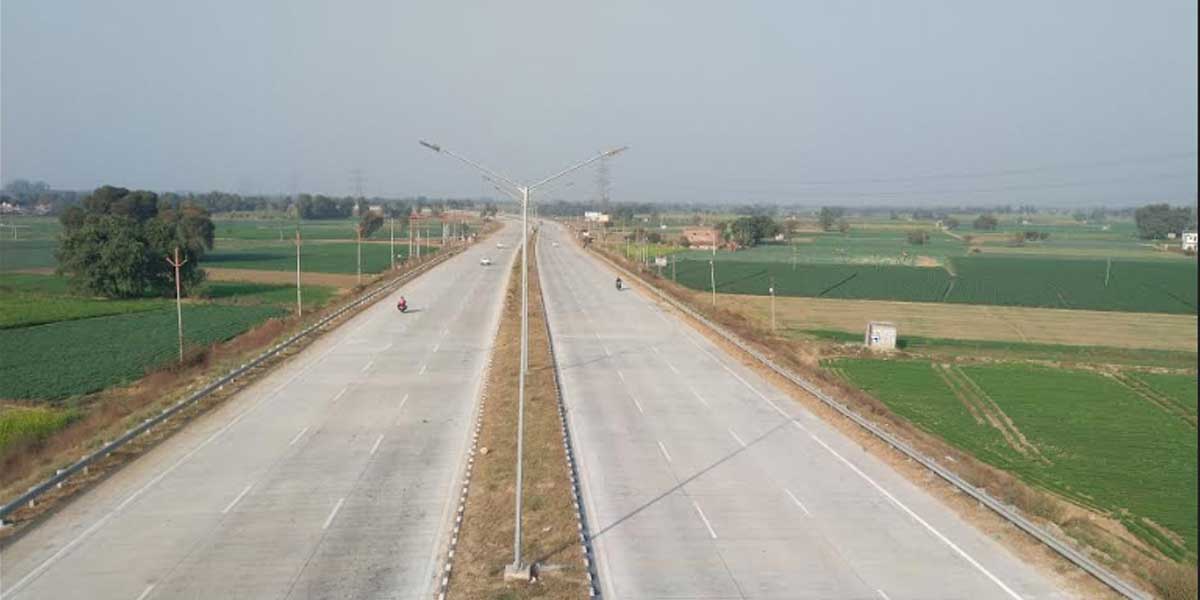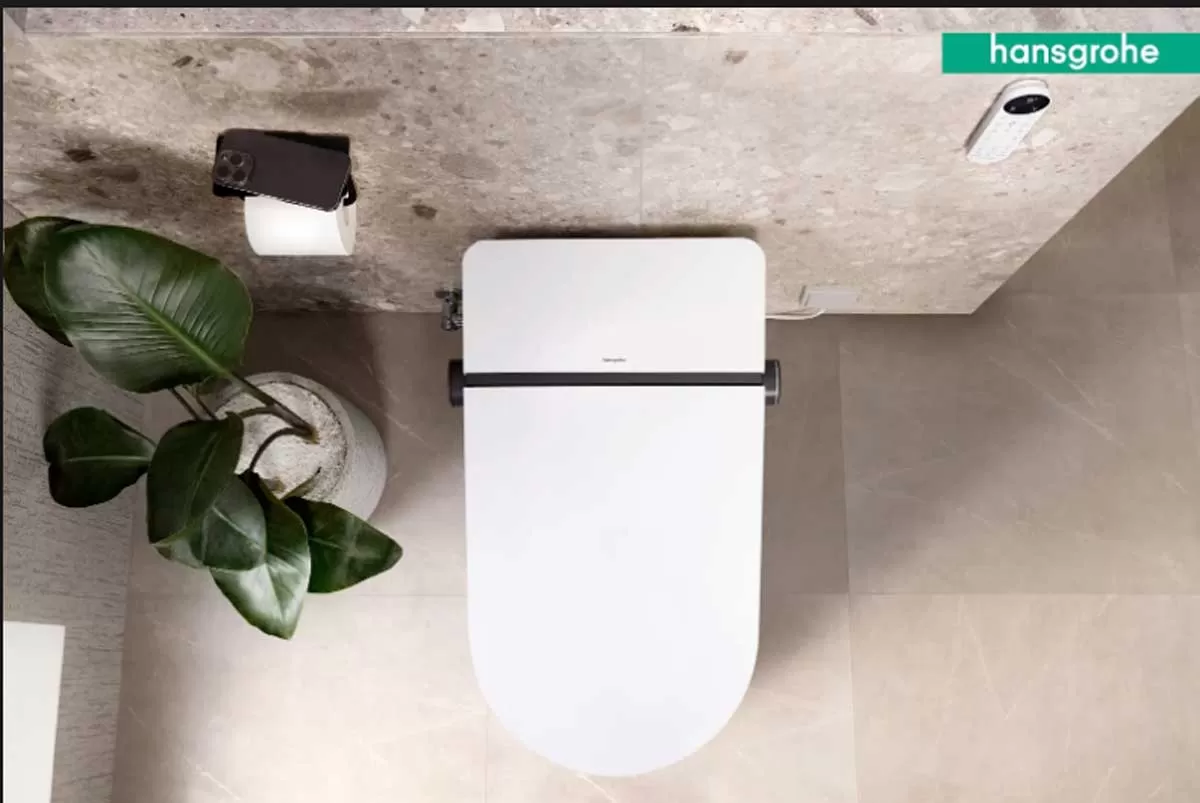National Highways Authority of India (NHAI) had awarded the work of “Four laning of Meerut-
Bulandshahr Section of NH-235 from 8.800 km to 73.512 km (Design Chainage in the State of
Uttar Pradesh under NHDP Phase IV on Hybrid Annuity Model), for a concession period of 17.5
years including a construction period of 910 days, i.e., two and a half years, and operation and
maintenance period of 15 years to Freedom Point Expressways as concessionaire. Apco
Infratech, who was the lowest bidder, had incorporated a SPV – Freedom Point Expressways
(FEPL) – as the “concessionaire” for development of the project highway.
“FEPL had entered into a concession agreement (CA) with NHAI on March 4, 2016, for
construction, operation and maintenance of the project,” informs DK Srivastava, Executive
Vice President, APCO Infratech. The CA sets out the scope, rights and obligations of all the
parties, overall framework for the development, and operation and maintenance of the project.
While the project bid was floated by the NHAI at end of 2015, the appointed date was declared
as April 28, 2017. “During this course of time and the completion period as well, the project
alignment features have been modified to cater to the topographic and demographic variations
and inhabitant demands,” Srivastava adds.
As built features of the project highway is depicted as follows:
Scope of work
The site of the four-lane project highway comprises the section of National Highway-235 (New
NH-334) commencing 8+800 km to 66+482 km and excluding 3.522 km of existing bypass of
NH-24 (i.e., the Meerut- Bulandshahr section), having a total length of 64.712 km including
3.522 km of existing Hapur Bypass of NH-24 in Uttar Pradesh. The total design length of the
project road is about 61.19 km.
This project road section traverses through three districts of Uttar Pradesh, viz, Meerut, Hapur
and Bulandshahr. As Srivastava shares, “NHAI had proposed to bypass nodal towns i.e.
Phaphunda Bypass (2.7 km), Kharkhauda Bypass (3.2 km), Hapur Bypass (11.2 km – greenfield
and 1.228 km – improvement of existing Hapur Bypass on NH 24), Gulaothi Bypass (7.6 km)
and widen two-lane existing alignment into four-lanes with paved shoulder – and divided median
on the basis of a detail project (feasibility) report carried out in the year 2010.”
The alignment traverses along and across various canals, drains, and railway crossings. In order
to cater to these structures, nine minor bridges, one major bridge, and one RoB has been
provided. Additionally, a six-lane carriageway underpass (three vehicular underpass (VUP), five
pedestrian underpass (PUP)) has also been provided to accommodate various major crossroads
without conflict and with respective traffic.Resource planning and execution
The concessionaire, FEPL, had to design the project considering the above project particulars as per codal provisions of “IRC: SP: 84 - 2014” and determine the requisite resources, i.e., manpower, material, and machinery to complete the project within the stipulated timeframe. The contractor had identified its need and planned its resources to execute the work within a 910-days timeline. Srivastava shares the key resource deployment in the form of material, manpower and machinery, as tabulated below:Key materials:
Description
UoM
Quantity
Aggregates:
Dust
MT
519,444
GSB aggregates
MT
609,831
Concrete aggregates
MT
948,955
Coarse sand
MT
332,604
Steel
MT
9,010
Fly-ash
MT
45,494
Structural steel
MT
861
Cement
MT
170,478
Curing compound
Kg
1,409,969
Key manpower
Description
UoM
Quantity
Manpower required (Average
per day)
No’s
362
Man-hours working
Hours
3,317,400
Key machinery used
Description
Quantity
Sensor Paver for DLC
2
Sensor Paver for PQC
1
Excavator
11
Grader
8
Roller
9
HYWA Dumper
70
Water Tanker
12
Transit Mixer
3
Batching Plant 100 CPH
4
Batching Plant 30 CPH
1
Execution challenges
Various challenges were involved in the execution of this project. Some of them were:
Various hindrances and encumbrances in the form of factories, boundary wall, trees, houses, shops, and electrical utilities.
Delay in handing over encumbrance-free ROW to the concessionaire;
Non-disbursement of compensation or dispute by landowners regarding compensation awarder, leading to frequent and violent disruptions;
Hindrances due to irrigation structures and DFCC;
Construction ban imposed by the Hon’ble Supreme Court and National Green Tribunal;
Delay in finalisation of ‘Change of Scope’ by the authority;
Delay in approval for tree felling by the Forest Department; and
Lockdown due to outbreak of Covid-19.
“The above listed issues had resulted in project delays,” says Srivastava. “The project timeline was stretched for 553 days in addition to 910 days. However, FEPL (the concessionaire), with its prudent approach and accelerated efforts, reduced the time span to 295 days from the additional 553 days required for the project and achieved provisional completion certificate on August 14, 2020.”
Challenges during the corona outbreak
In March 2020, when the government imposed the nation-wide lockdown to curb the spread of the coronavirus pandemic, the project was about to achieve the provision certificate scheduled on April 25, 2020. Due to the lockdown, the project had lost movement, motivation, resources for executing project facility work (finishing work) and balance major work.
The concessionaire, upholding the professional ethics and values of its promoter APCO Infratech, retained manpower at its respective accommodation facilities and provided best services to facilitate them in hard time. “However, manpower exodus begun on the start of special trains and buses for commuting people to their respective home places,” says Srivastava. “The government eased down lockdown restriction for the infrastructure sector on April 20, 2020, but the district administration had not allowed commencing work till May 4, 2020.” Workers were then facilitated with all type of COVID precautions; they were accommodated with social distancing norms and special transport facilities were made to commute them to site from accommodation and vice versa.
Safety first!
In order to avoid fatalities or accidents at work, FEPL ensured that the labour or manpower wear high visibility clothing, which included a vest, hard hats, safety glasses, face shields, earplugs, fall arrest systems, safety-toed shoes, and respirators and all types of personal protective equipment or PPE. The plan or procedure was well-established – some call it an internal traffic control plan – to separate workers from the path of vehicles and equipment. The idea was to ensure that the vehicles know where workers are located, and workers know where equipment is operating.
Social-economic benefit
The Minister of Road Transport and Highways has cited that this project will curtail the travel time from Meerut to Bulandshahr to one hour from the two hours earlier. Since it acts as a connector to these major districts with Delhi and its surrounding area, this will give a boost to the sugarcane industry, vegetable industry, textile industry, and meat industry.
Also, the highway is in close association with NH-24, near Hapur Bypass, and will serve as a direct access route to Garh-Mukteshwar, where the Government of Uttar Pradesh is planning to develop a waterway and promote tourism. Further, this highway will also serve as an access route to the upcoming Ganga Expressway project in Meerut and Bulandshahr.
Achievement
The entire project has a rigid pavement and is among the few projects in Uttar Pradesh to have the entire length paved with pavement quality concrete. This plus, the toll plaza has been established within 180 m RoW comprising a 14-lane road; it is one of the most advanced and equipped toll plaza, which includes all lanes as Fastag with all the essential amenities.SHRIYAL SETHUMADHAVANProject details
Particular
Description
Project cost
Rs 11.30 billion
including COS granted for additions of elevated structures for safety of road
users and access to villagers or farmers
Month of completion
August 14, 2020,
(PCOD) and November 12, 2020 (COD)
Total length
61.19 km
Developer
Freedom Point
Expressways
Contractor
APCO Infratech
Consultant
SAI Consulting
Engineering (SYSTRA)
Steel supplier
SAIL, REAL Ishpath,
JSPL
Any other
technology or material used
Flyash/silica as
cement replacement


















